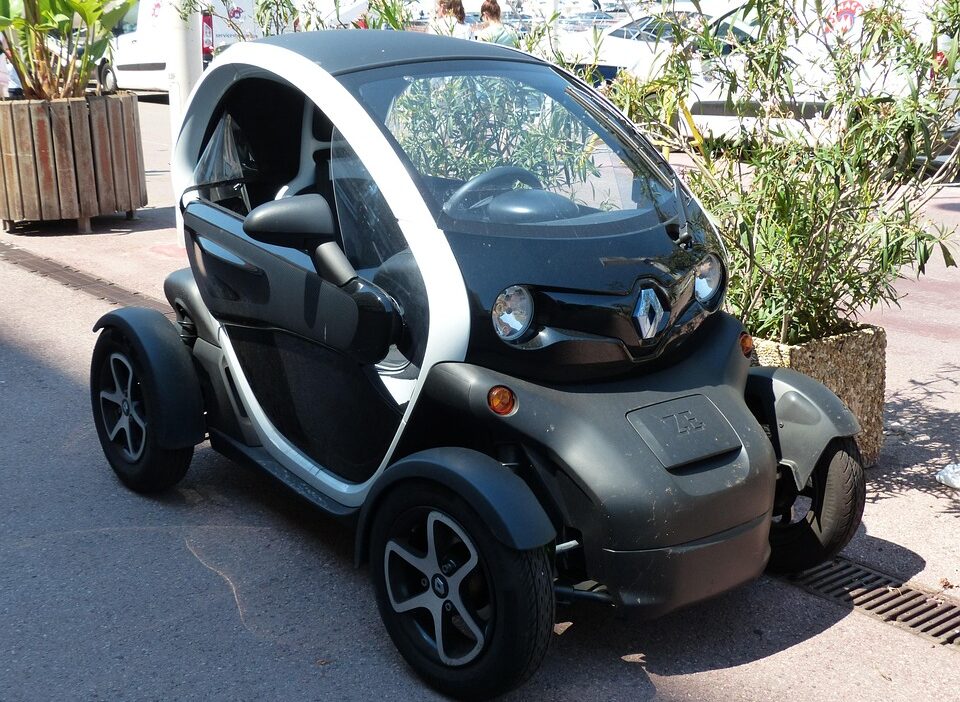As the world increasingly shifts towards sustainable energy solutions, electric vehicles (EVs) are emerging as a pivotal component of this transformation. At the heart of EV technology lies the battery—an often overlooked yet vital asset driving performance, efficiency, and environmental sustainability. In this article, we will explore the evolution of battery technology in electric vehicles, the challenges developers face, and the innovations shaping the future of this dynamic industry.
Evolution of Battery Technology
Early Days: Lead-Acid Batteries
The journey of EV batteries began over a century ago with lead-acid batteries. These heavy and bulky batteries offered limited energy density and lifecycle but were widely used due to their affordability and availability. However, as the demand for more efficient and long-range electric vehicles emerged, a need for advancement in battery technology became apparent.
The Rise of Lithium-Ion
Enter lithium-ion batteries. Developed in the late 20th century, these batteries revolutionized the EV landscape with their high energy density, longer life cycles, and lighter weight compared to their lead-acid predecessors. By the early 21st century, lithium-ion batteries became the standard for electric vehicles, enabling models like the Tesla Model S to achieve unprecedented ranges that made EVs more appealing to a broader audience.
Current Innovations in Battery Development
Enhanced Energy Density
Researchers are continually working to enhance the energy density of batteries, enabling EVs to travel longer distances on a single charge. Recent innovations, including solid-state batteries, are promising. Solid-state batteries use a solid electrolyte instead of a liquid one, offering higher energy density and improved safety by minimizing the risk of overheating and fire.
Fast Charging Technology
Another critical area of development is fast charging technology. As consumers demand convenience, manufacturers are investing in advanced charging systems that can significantly reduce charging times. Techniques such as ultra-fast charging and improved thermal management systems are being explored to make charging as quick and efficient as refueling a traditional gasoline vehicle.
Recycling and Sustainability
As EV adoption grows, so does the need for sustainable battery solutions. Battery recycling technologies are evolving, allowing for the recovery of valuable materials like lithium, cobalt, and nickel. Companies are developing closed-loop systems that not only reduce waste but also lessen the environmental impact associated with mining and material extraction.
Challenges in Battery Development
Material Scarcity and Supply Chain Issues
While innovations are progressing, the EV battery industry faces significant challenges, particularly regarding the sourcing and supply of raw materials. Lithium, cobalt, and nickel are critical components in lithium-ion batteries, yet their extraction poses environmental and ethical challenges. Developers are racing against time to create alternative materials or recycling methods that can alleviate these pressures.
Safety Concerns
Safety remains a paramount concern in battery development. Incidents of battery fires have raised alarms within the industry. Continuous improvements in battery design, including thermal management systems and enhanced safety protocols, aim to address these issues. Manufacturers are investing in rigorous testing and innovative designs to improve the safety profile of EV batteries.
The Future of EV Batteries
The future of battery technology is bright yet complex. As automotive manufacturers continue to invest in research and development, we can expect several exciting trends:
Hydrogen Fuel Cells
While lithium-ion batteries are currently the frontrunners, hydrogen fuel cells are gaining traction as an alternative energy source for EVs. These cells convert hydrogen gas into electricity, emitting only water vapor as a byproduct. Dual-fuel capabilities could pave the way for a new dimension in clean energy transportation.
Battery-as-a-Service (BaaS)
A growing trend is Battery-as-a-Service (BaaS), which allows users to lease batteries instead of purchasing them outright. This model can lower the upfront costs of EV ownership while ensuring that drivers have access to the latest battery technology without the fear of obsolescence.
Connected Smart Grids
The integration of smart grids with EV charging infrastructure may revolutionize energy consumption and distribution. As electric vehicles become more prevalent, these grids could enhance energy efficiency while enabling users to tap into renewable energy sources.
Conclusion
The battery technology behind electric vehicles is undergoing a remarkable transformation, driven by innovation, necessity, and sustainability. While numerous challenges remain, the influx of fresh ideas and a commitment to research promise a future where EVs become an even more viable option for everyday transportation. As the world embraces an electric future, the evolution of battery technology will be a crucial part of that journey, sparking enthusiasm for a cleaner, greener planet.



